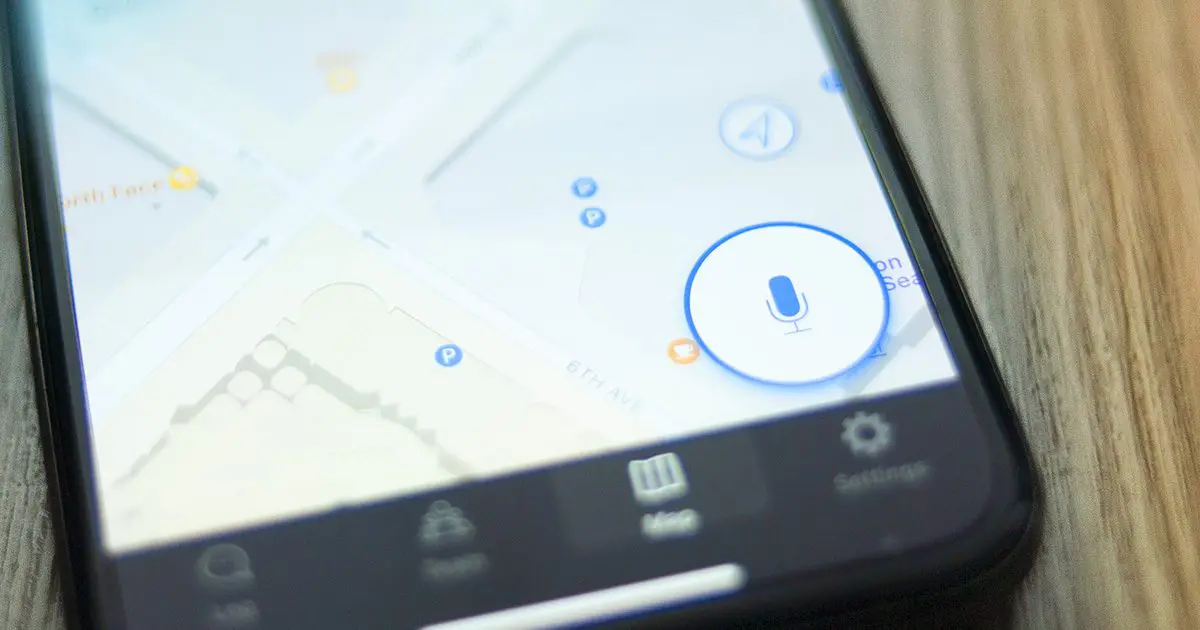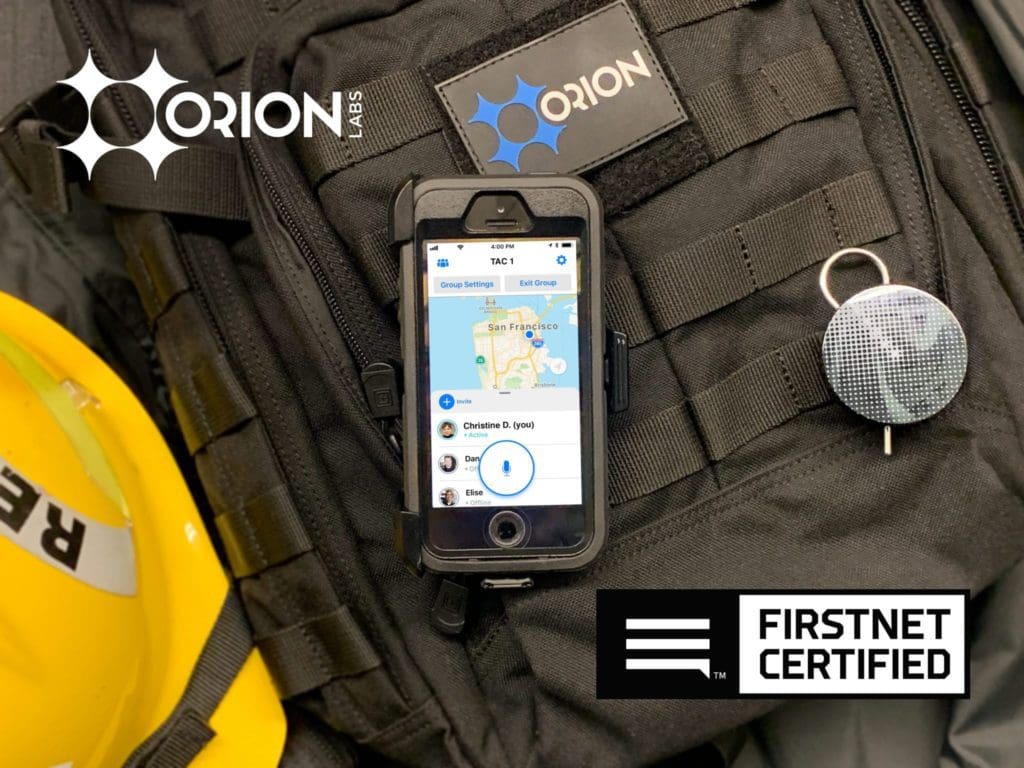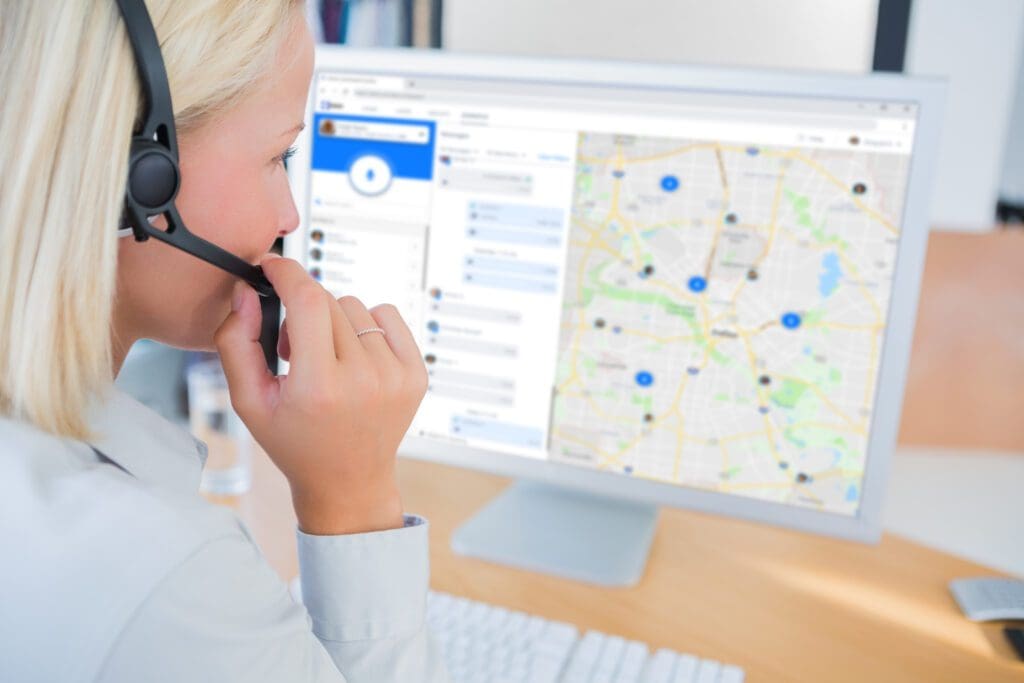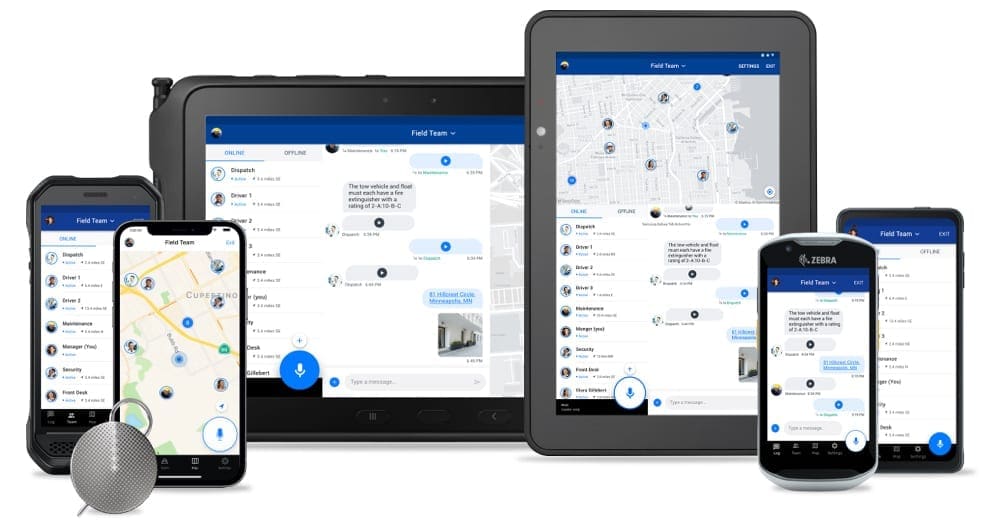What Are Push-to-Talk Services?
Learn what your options are with PTT services, how they work, and discover the best push-to-talk service options for your organization.


Understand Push-to-Talk Services
A push-to-talk service (PTT service) is a software solution that enables communication among people using devices enabled for push-to-talk. Depending on the service selected, PTT service users can talk over any range with any number of people and Voice AI Bots.
Here, we've created the complete guide to push-talk services. After reading this article, you’ll understand all the ins and outs of PTT services, why radios don’t serve modern communication needs, and how to choose the right option for your business or organization.
Why Use a Push-to-Talk Service Instead of Radios?
Two-way radios, despite their familiarity and their dizzying array of hardware options, have too many inherent limitations to be useful for modern organizations.
Some top reasons radios don’t perform well for most frontline teams:
- Radios have limited RF capacity and range
- Radios are inherently unsecure
- Radios can’t easily send pictures and text
- Radios can’t integrate with other important systems
- Radios can’t provide user mapping without additional specialized equipment
To get all the details on the limitations of radios, read the free e-book 12 Reasons Radios Are Holding Your Company Back.
Why do enterprise organizations increasingly reject radio solutions? It’s simple: radios require setting up a complete communications network across the entire worksite. Now that the Internet is widely available, organizations choose network connectivity solutions first and push-to-talk services later.




What If the Network Goes Down?
Sometimes people who argue for using two-way radios will object: how can my teams communicate if Internet service is interrupted? Doesn’t that make a push-to-talk service useless?
Again, the benefits of a push-to-talk service clearly outweigh the top issue with radios: it’s extremely expensive and time-consuming to build and maintain your own communications network.
For teams that require zero downtime, we recommend the easier, less expensive, and more flexible option: increase connectivity by adding a backup satellite service to your main cellular connection. This keeps your connection global without requiring expensive licenses and equipment.
Public safety organizations can also subscribe to FirstNet, a carrier service that promises network connection in the event of a disaster and works with modern push-to-talk services like Orion.
What Is Carrier Push-to-Talk?
Push-to-talk services tend to be more flexible and extensible than radios. But when it comes to push-to-talk services, there’s still one more legacy holdover to steer clear of: carrier push-to-talk, or carrier PTT.
Carrier PTT is a simple push-to-talk service integrated into a mobile network service plan. Carriers frequently try to tempt customers into using their PTT service as a free add-on to paid network connectivity plans. Unfortunately and all too often, customers end up frustrated when they discover carrier PTT service doesn’t meet their needs.
Carrier PTT has built-in limitations due to its legacy architecture and frequently can’t satisfy today’s demanding communication requirements. Like any other PTT app, you install the carrier’s PTT app on a compatible smartphone. But that’s where the similarity with a modern solution ends. Let’s explore why carrier push-to-talk services don’t cut it.
Why Carrier PTT Doesn’t Cut It Today
There are four top reasons carrier push-to-talk is insufficient for today’s enterprise companies and government organizations:
- Limited network: Carrier PTT service works only where your carrier has coverage.
- Limited device options: Not all phones support that carrier’s PTT service, including some of the carrier’s own phones.
- Limits on location sharing: Some carrier PTT services don’t even enable users to easily share location with their team.
- Limited collaboration: Traditional carrier PTT services won’t allow you to talk with users on other carriers, such as partner companies or agencies.
These are just a few of the common complaints that carrier PTT users frequently share in reviews and in customer forums for carrier services.
So if radios hold companies back and carrier PTT doesn’t cut it, what’s the best option? Let’s dig into what you should be looking for in your push-to-talk service.




Superior Push-to-Talk with Over-the-Top Services
The best push-to-talk services work independently of network and carrier restrictions, in order to provide your teams with the greatest flexibility so they can focus on their jobs, not their communication solution.
What is OTT?
Over-the-top (OTT) push-to-talk services are solutions that provide PTT capability regardless of network connection. This includes cellular networks, Wi-Fi, private networks, and satellite connections.
Finally, let’s look at how to choose the best push-to-talk service.
How to Choose Your Push-to-Talk Service
Any push-to-talk service vendor should be able to Here are just a few of the top factors that a PTT service should provide that can’t be handled by radios, carrier PTT services, or simple push-to-talk apps:
- Unlimited range: Can the service operate across LTE networks across the country or anywhere in the world?
- Security and message privacy: Are your communications safe from viewing by third parties including the vendor?
- Multimedia messaging: Does the push-to-talk service support easy sharing of videos, photos, files, and more?
- Broad device compatibility: Can you use the push-to-talk service with the devices your team needs, rather than requiring you to choose from their options?
For a complete run-through of over 80 functions that your PTT service should be able to provide as well as 30 RFP questions that you can copy and paste directly into emails with vendors, get this free Collaboration Solution Buyers Guide. It covers everything you need to know about evaluating the best push-to-talk services.
But we don’t just understand push-to-talk inside and out: we used our expertise to build the industry’s leading push-to-talk service: the Orion Push-to-Talk (PTT) 2.0 platform.




Why Orion PTT 2.0 Is the Best Push-to-Talk Service
Orion Push-to-Talk 2.0 is a cloud-based platform service that radically modernizes push-to-talk communications, making a great leap beyond current PTT solutions. It’s a Unified Communications solution that creates a connected frontline workforce and dramatically improves productivity, safety, and customer engagement.
Learn how Massachusetts Bay Transportation Authority saved hundreds of thousands of dollars per year by adopting Orion PTT 2.0 in the free case study.
What Makes Orion Different
In addition to satisfying the top four requirements of a basic push-to-talk service and providing the 80 required functions that an outstanding collaboration solution should provide, there are four functional aspects that separate Orion’s PTT 2.0 platform from other PTT solutions and take frontline communications into the future:
- Voice AI Bots
- Integrations with third-party services
- End-to-end encryption
- Secure cloud deployment
No other push-to-talk service offers all these capabilities and more. To learn about each one in depth and understand the return on investment (ROI) of PTT 2.0, get the free e-book.
Amplify your push-to-talk communications and create a connected workforce with Orion’s PTT 2.0. For more information, download the PTT 2.0 E-book or watch the demo video now.


Organizations Using Orion Push-to-Talk Services
























“Orion’s easy-to-use, all-in-one platform supports cross-departmental communication, operational control, and dynamic and urgent situation management, making it the ideal solution to modernize our collaboration technology.”
— Jason Parfitt, Systems Manager, Hamilton Princess & Beach Club, A Fairmont Managed Hotel
